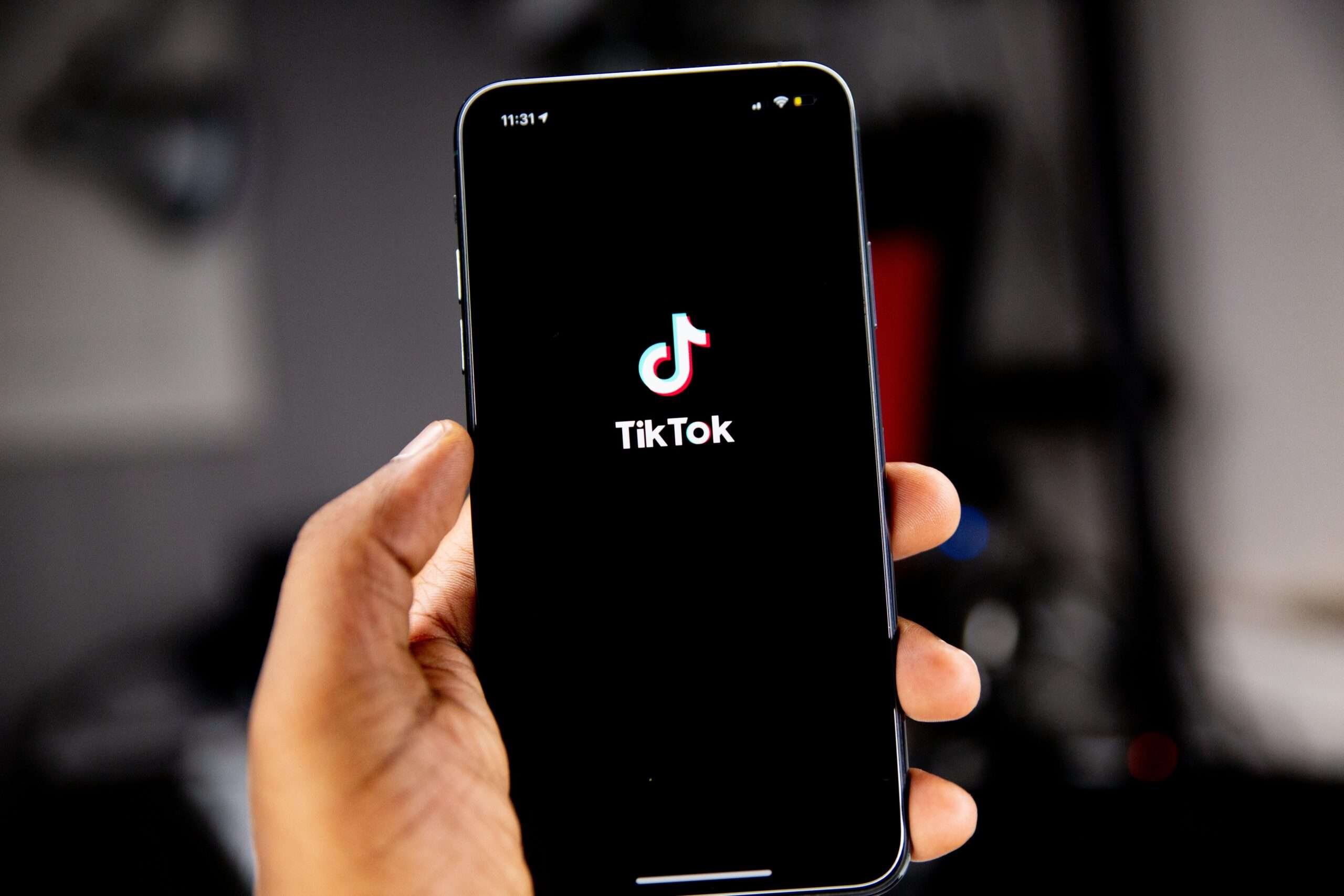Chat GPT and other generative AI tools will inevitably change your business. We outline this new technology’s potential and leadership implications.
Everyone is talking about ChatGPT. OpenAI’s latest (and most popular) endeavor has been a hot topic of conversation among leaders in recent weeks, as it became the fastest growing “app” of all time. But can this powerful AI advancement really improve leadership?
To gain insight into what ChatGPT can really do, it’s helpful to have a sense of how it operates. One of a new generation of generative AI tools, ChatGPT is a large language model (LLM) designed to understand and respond to natural language inputs from humans in a conversational manner. Utilizing a vast amount of text data and applying sophisticated deep learning algorithms, it generates human-like responses to a wide range of questions and prompts.
As leaders consider effective strategies for their businesses, they must cultivate a perspective on generative AI in all its forms, the ever-evolving technology landscape, and how to ethically embed new and distinct innovations into their businesses without getting swept up in the hype of the latest tool.
There is no turning back—the next tech leap is already underway. Leaders who stay connected to the technology ecosystem and maintain a tech-readiness mindset will be best prepared to address these changes. As you plan for a future with generative AI, recognize that:
- Uncertainty is inevitable; embracing it could revolutionize your business.
- Generative AI can stand-alone, be integrated, or augment entire processes—each option bringing its own challenges and opportunities—but it isn’t any smarter than what you feed it.
- Culture is still the core of your business: AI can’t replace moral and ethical human leadership.
Can Generative AI Improve the Human Experience of Leadership?
The ongoing information explosion means we have access to more data than ever before. Now, users can employ generative AI to sift through immense amounts of data and concisely summarize key points across various fields. Additionally, according to Mira Murati, OpenAI’s CTO, these tools can also enhance personalized learning.1 Ideally, generative AI will speed up the creation of novel strategies, products, and services, helping users understand and ideate new concepts faster than ever before.
By inputting specific queries and well-organized data points, individuals can potentially use generative AI to enhance their work with increased quality and speed. The purposeful integration of generative AI into our processes—particularly those that are repetitive or manual—may help combat the culture of busyness and increase efficiency. This should enable leaders to shift an organization’s focus toward true knowledge work; that which requires time to engage in deep, strategic thinking and idea generation. It could also provide more balance between work and life—something we know leaders crave.
Given our uncertain economic environment, it’s also important to consider generative AI’s growing impact on the bottom line.2 Consider where AI could address labor shortages, effectively taking over tasks or roles of decreasing interest to humans while also providing potential cost savings.
What Challenges Does Generative AI Pose for Leaders?
While there’s much to be excited about around generative AI’s potential, there are several considerations leaders need to take into account, including:
Talent displacement: Generative AI may not just eliminate repetitive work; it will likely impact white collar roles as well. These tools cut across myriad industries and jobs and, because of their sophistication, unlike basic automation, they could displace middle-skilled and high-skilled workers in a way that past technology shifts never have before.
Sub-optimal decision making: The polish with which tools like ChatGPT deliver its results increases the risk of overconfidence in unvalidated information sources. Well-packaged information can easily fool us, as it appeals to what psychologist Daniel Kahneman calls “System 1 Thinking,” in which our fast cognition makes snap judgements based on heuristics, requiring little to no effort.3
Ethics & Discrimination: There are significant concerns around weaponry, privacy, surveillance, and corruptibility. There is also risk of AI perpetuating discrimination; if trained on biased data (which we know exists in many organizations) generative AI tools could deliver discriminatory outcomes.
Skills erosion: Overreliance on AI may eventually cause human skills to wane. Our ability to scrutinize the results of a given analysis is at least partly predicated on our existing understanding. If we allow AI to become a crutch, rather than a tool, it puts our core competencies at risk.
What Can Leaders Do to Plan for Continued Technology Transformations?
Generative AI platforms have the potential, like the internet or wireless before them, to eventually change everything. AI is already embedded into society in ways that, by now, feel natural—navigating a new city via Google Maps, unlocking a smart phone with face recognition, or using autocorrect when composing a text. When it comes to generative AI, we are in the critical “before-times,” in which leaders need to learn how to strategically integrate these tools into their organizational processes and leadership approaches in ways that feel as natural as the examples above.
As you plan for changes that AI will inevitably bring, recognize:
Uncertainty is inevitable; embracing it could revolutionize your business.
These are thrilling times. Stay open to the opportunities generative AI could create for your organization, even if you don’t have all the answers. As we learned in our Q4 2022 Monitor, economically prepared organizations strategically invest in technology advancements, versus taking ad-hoc actions motivated by buzzwords. Leaders who commit to building a tech-first culture and develop an evolving understanding of AI’s relevancy for their organizations will be most likely to find success.
Consider these technology developments against the backdrop of other recent changes, including supply chain unbundling, shifting geopolitical landscapes, and new modes of working. This is also an opportunity to engage with the broader tech ecosystem, including academics, industry experts, and next generation leaders. How might the world look when your ability to think of new products, concepts, and distributions is supercharged by AI?
Generative AI can stand-alone, be integrated into processes, or augment entire workflows—each option bringing its own challenges and opportunities—but it isn’t any smarter than what you feed it.
We haven’t uncovered all the ways these tools will alter and enhance how we work and lead, but we do know that every option will require adaptation. As with every tech leap, leaders should not expect to outsource skills or domains in which they have not built up competence, nor should they expect positive results from a tool that they haven’t learned how to employ thoughtfully. For example, those who continually outsource information interpretation may never learn or practice the art of sifting, analyzing, and framing—in short, thinking critically. Consider: if everyone started using ChatGPT extensively, who would create the good quality information for it to draw from? And who could scrutinize its analysis?
Additionally, leaders should beware of disinformation and “information degradation” over time. Generative AI tools need information bases from which to pull. If your organization has relied on incomplete or incorrect data, AI may generate equally flawed results. Don’t expect these tools to suddenly solve systemic issues.
Culture is still the core of your business: AI can’t replace moral and ethical human leadership.
Confidence in leadership is declining, even amongst fellow leaders. Not only could an overreliance on technical tools cause skills erosion, it might also negatively impact confidence in our human leaders. C-suite, next generation leaders, and employees alike are looking for enhanced people leadership in the new frontier of work. To augment AI’s advantages, leaders need to be both agile and discerning, often stopping to consider how to wield new tools responsibly.
If we become overly reliant on generative AI, we risk abdicating our strategic responsibilities. AI might supply a new framework, but human judgment, creativity, and strategic thinking are still necessary to lead and develop effectively. Leaders should aim to meet their people with passion, authenticity, rigor, and humility. That’s something they’ll never get from a bot.

 5.0
5.0 





















